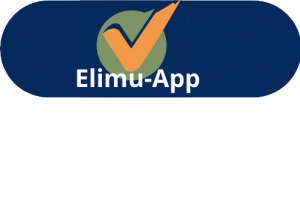PREPARING AND USING SUMMATIVE ASSESSMENTS
A summative assessment is intended to summarize student attainment at a particular time, say end of an academic year. It is designed to assess the student achievement all the year round and lay grounds for next year. Here again, I have to carefully look back at the syllabus, schemes or work and lesson plans to lay out the topics I wish to assess.
Once this is done, I look at my overall aims and objectives. I then pick out an equal number of questions for each topic, making sure I select easy and demanding items fairly. The selection must match that of formative assessments. This ensures that all concepts in the syllabus are adequately assessed. If need be, I could prepare two separate assessments closely matched but with varying degrees of difficulty to allow for differentiation.
The instructions normally state that all questions need to be answered in the spaces provided after each question, no additional paper will be supplied and that all working must be clearly shown. This helps the students to concentrate their efforts in one aspect at a time. Marks for each section are clearly shown above the work-space so that students have an idea of the number of steps needed.
The mark scheme flows as do the questions showing where method and /or answer marks should be awarded and any allowed variations. This allows candidates to earn marks even if their outcomes are incorrect. I would then work and display total marks expected and the time for the assessment.
Validity is measured in terms of
- The way in which the assessment is constructed
- A tests linkage with the way the items have been taught
- The content of the assessment
The assessment must be constructed in such a way as to be in line with standard tests given across the board. It should for example, have similar flow in terms of question selection, variation in levels of difficulty and scope. My assessment must also show linkage with the way items were structured out during the year. It must above all show consistency across a task, i.e. starting from easy to difficult concepts. My assessment is valid in that it minimizes unintended negative consequences as discussed above. The workability of the assessment is based on the reproducibility of results from similar items in another test which is similar in concepts.
The tasks are based on the specified aims and objectives set out for this year group. For instance, some topics such as percentages and proportions develop vertically i.e. from year to year. However, the tasks in this summative assessment are designed within the scope specified for this group. Students are expected to handle concepts relevant only to their level. This level is already specified in the aims and objectives of the program plan.
The summative also has a maximum score mark per questions and total maximum possible score by a student just like the formative assessment. The first step is to mark each paper, question by question, awarding a total at each stage. The second step is to sum up all the marks and obtain a total for each pupil. These marks are entered against the name of each student in rows and columns. This can be easily and reliably done on a desk-top computer in my staffroom.
This raw data can be processed further to provide percentage scores which are easier to work with. The excel program is used in all these entries and is able to compute percentages and calculate mean scores in each level. It can arrange the results in ascending or descending order for easier analysis. The program can also grade the pupils against a standardized grading system. These marks are entered into the school grading program which automatically prepares the student report card.


 WhatsApp us for instant feedback
WhatsApp us for instant feedback